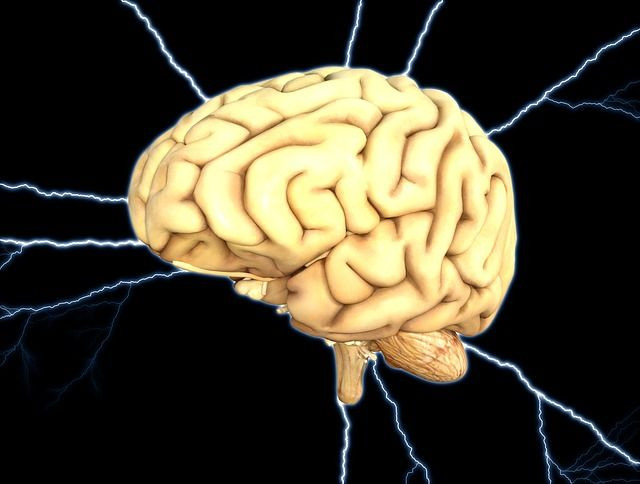Autism Causes Research 2017: Brain Differences May Explain Why Males More Likely To Have Autism Spectrum Disorder

The number of men with autism outnumber women with the disorder, and the reason for this may lie in differences in brain structure. A new study has found that women with autism spectrum disorder (ASD) are more likely to have brain anatomy that closely resembles male brains. This finding may open the door to better diagnoses, and help us to understand the cause of this widespread condition.
The study, published online in JAMA Psychiatry, found that women were three times more likely to have ASD if their brain anatomy had thicker than normal cortical areas, a trait more typically seen in male brains, UPI reported. Although the researchers emphasized that the finding is not conclusive, they did note this link suggests there may be something about the way the male brain is structured that makes men more likely to develop ASD.
Read: Autistic Girls Better At 'Masking' Traits, Spotting Emotions
“These findings give more credibility that biology of the brain plays a major role in the development of autism spectrum disorder," Dr. Matthew Lorber, acting director of child and adolescent psychiatry at Lenox Hill Hospital in New York City who was not involved in the research, told UPI. "It also suggests that when trying to diagnose autism spectrum disorder, it might make sense to examine the cortical regions in the brain."
For the study, the team looked at brain scans of 98 right-handed adults with ASD and 98 neurologically healthy people for comparison purposes. The scans specifically looked at the thickness of the cerebral cortex, the gray outer layer of neural tissue in the brain, a trait previously assocaited with increased autism risk. Although brain structures of men without ASD did not differ from men with the disorder, females with autism were more likely to have brain structures that resembled male brains.
It’s important to understand what these findings mean. For example, the correlation between brain structure and autism does not explain the root cause of ASD or give insight into new treatment options. The finding may however give scientists a starting place for further research into autism's roots.
“Understanding the difference in prevalence in males versus females for autism is an important research topic that could provide critical information on the causes and biology of autism," Mathew Pletcher, vice president and head of genomic discovery at Autism Speaks, who was also not involved in the research, told UPI.
This is not the first time researchers have looked at gender differences in individuals with ASD. For example, a study published in 2015 proposed that girls with autism may simply display less severe impairments than boys with the condition. The researchers then proposed that girls with less prominent repetitive autism behaviors may miss being tested or be misclassified as having social communication disorder. Hopefully better understanding of how ASD affects men and women differently (if it does) will led to better diagnosis and treatments for both genders.
Source:
Ecker C, Andrews DS, Gudbrandsen CM, et al. Association Between the Probability of Autism Spectrum Disorder and Normative Sex-Related Phenotypic Diversity in Brain Structure. JAMA Psychiatry . 2017
See Also:
Brain Scans Reveal Underlying Reason For Gender Differences In Autism Symptoms
Autism Spectrum Disorder May Not Develop Entirely In Human Brain



























